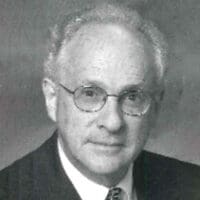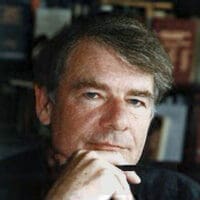Overview
Research over the past two decades has identified specific features of neural oscillations and synchrony that appear to participate in perceptual processes and consciousness. These may be among the mechanisms that are affected by meditation. This set of reflections will consider the application of basic research on neural oscillations and synchrony to the understand of changes that may be produced by meditation and related forms of mental practice.
- Dialogue 1316 sessions
- November 10, 2005Dar Constitution Hall, Washington, DC



